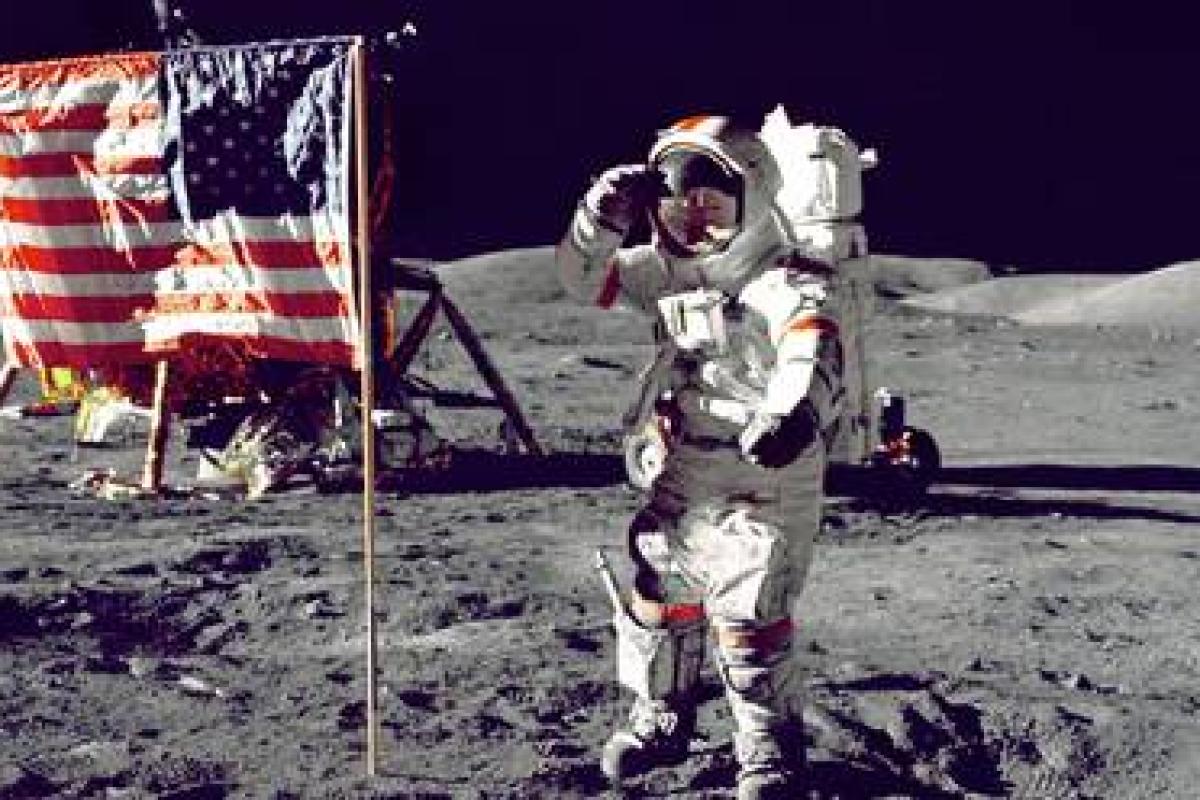Ever since escaping the day to day pressures of corporate life, my mind has felt liberated and free to wander and ponder. As a result, I believe that my ability to be creative has increased greatly. I have always been intrigued by the effect of pressure on creativity in the workplace. So, this week, I did a bit of ‘Googling’ and came across a fascinating article called “Creativity Under the Gun” written by Teresa Amabile, Constance Noonan Hadley and Steven J. Kramer back in 2002 in the Harvard Business Review.
The question they posed is whether creativity thrives or dies when individuals or teams are put under the cosh.
In the article, they refer back to Apollo 13’s infamous flight to the moon, when an explosion on board damaged the air filtration system leading to a potentially lethal build-up of carbon dioxide in the cabin. Back at NASA mission control in Houston, everybody involved focused all their efforts on finding a solution to solve the problem. Everything was considered, every possible angle was looked at, every piece of material available on board was investigated as a possible life saver, before the team, working closely with the three astronauts on board, cobbled together a plan of attack to fix the filter before it packed up completely.
So, creativity obviously does work under pressure. Pressure is therefore a good thing. Amabile, Hadley and Kramer believe not. The reason why NASA’s mission control found their creative spark under enormous pressure was that the team were able to focus on one specific, important and urgent job only. They were able to give up completely any other day to day tasks and concentrate purely on saving the lives of three men.
In the business environment, creativity can flourish where there is a single-minded focus on something very important, even if time is a scarce commodity.
“People are the least creative when fighting the clock. Time pressure stifles creativity because people can’t deeply engage with the problem.” Teresa Amabile
However, based on the research carried out by Amabile, Hadley and Kramer (in conjunction with Jennifer Mueller from Yale and William Simpson and Lee Fleming, both from Harvard), “When creativity is under the gun, it usually ends up getting killed”.
One reason for this can be explained by psychological research carried out in the last 50 years which demonstrates how creativity actually plays out. In a nutshell, psychologists believe that creativity results from tossing around a number of seemingly unconnected thoughts and ideas, letting them collide with one another, and seeing which of the collisions might lead to interesting solutions. Albert Einstein had a term for this. He called it “combinatorial play”, the act of throwing things into the melting pot and seeing what emerged as a result. However, this exercise required one thing that is often in short supply in the corporate environment. Time. Time not only to juggle with lots of different random thoughts and stimulus, but time to spot connections that could lead to nuggets of ideas, and then more time to take these and sculpt them into commercially valuable solutions.
In most companies, insufficient time and space are made available for any of these stages in the creative process.
“Diamonds are formed under pressure, but never forget, they are not formed overnight.” Source unknown
So, yes, creativity can flourish in the following pressure situations:
- Where there is an important and ‘mission critical’ burning platform.
- Where everybody involved has a clear stake.
- Where people can focus on this single-mindedly, without any distraction from the day to day stuff.
However, where the project or task at hand is important but not urgent, individuals, teams and organisations need to understand the DNA of creativity and how it works:
- Creative solutions are often the collision and combination of random thoughts coming from different directions, possibly on different days of the week.
- Many of the collisions and combinations end up having little or no value. They fall on stony ground. That’s the hit or miss nature of creativity.
- Time and space is required to find the one or two that could lead to something valuable, and then more time and space to turn the unpolished stone into a sparkling diamond.
Final thought.
In the business world, Apollo 13 ‘near disaster’ scenarios are the exception, not the rule.
This article originally appeared on creativeculture.com
